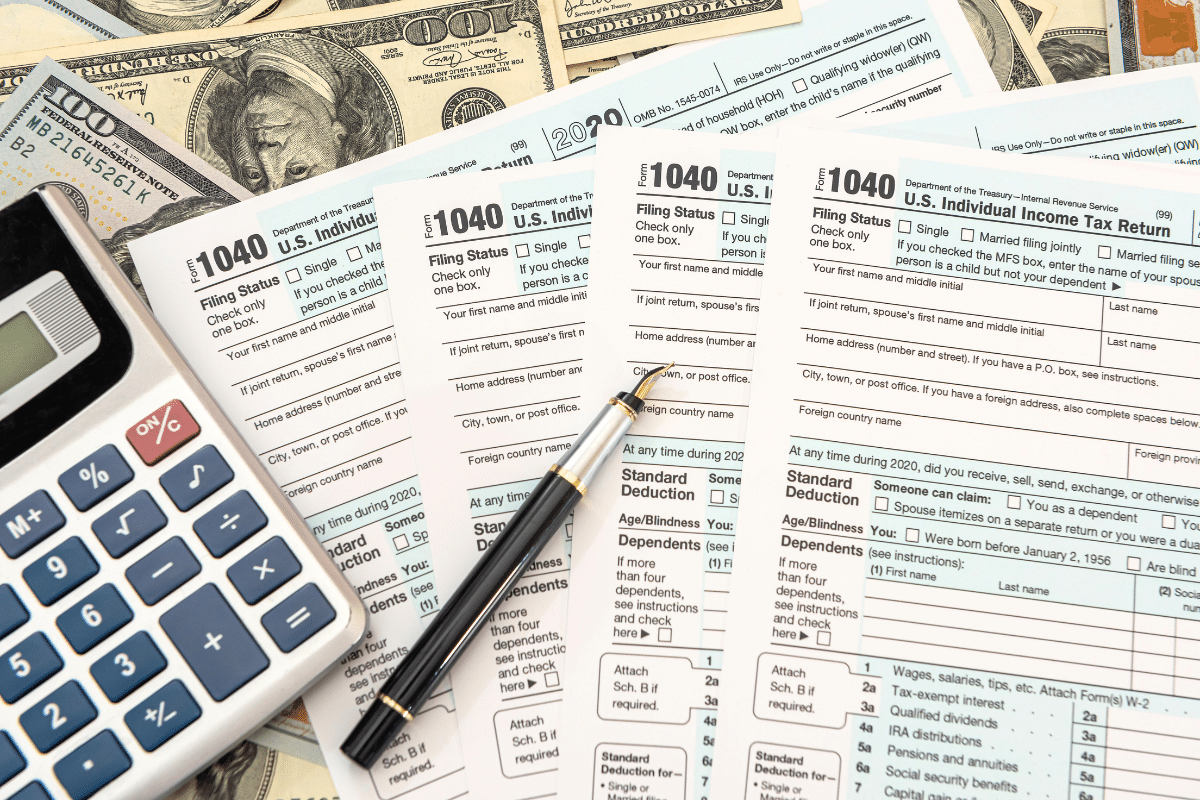Saving money is crucial for financial security, providing a safety net for emergencies, enabling long-term…
This is a reminder, with a few days left in the year, to make sure you take advantage of your retirement contributions.
In October 2022, the Internal Revenue Service (IRS) announced contribution limitation adjustments for employee retirement plans in response to inflation.
The IRS issued Notice 2022-55, which describes cost-of-living adjustments for retirement and pension plans. The changes were effective as of January 1, 2023.
What are the increased contribution limits for Retirement Plans in 2023?
Beginning in 2023, workers’ maximum allowed contributions to 401(k), 403(b), 457 plans or, for federal employees the Thrift Savings Plan, increased to $22,500 from $20,500.
The catch-up contribution limit for employees 50 years and older increased to $7,500 from $6,500. So, if you are working and are aged 50 or older, you can contribute up to $30,000 ($22,500 + $7,500 = $30,000) to these types of retirement accounts in 2023 in addition to your employer’s contributions.
Employees with individual retirement arrangement (IRA) accounts may contribute up to $6,500 in 2023. The annual cost-of-living adjustment will not apply to the IRA catch-up contribution limit for workers 50 years or older; their limit remains $1,000.
The catch-up contribution limit for SIMPLE plans increases to $3,500 from $3,000 for workers aged 50 and older in 2023.
What are IRA 2023 Phase-Out Ranges?
Your annual income level also affects how much you can contribute to certain types of investment accounts. The IRS, which outlines these “phase-out” ranges, announced several changes to the phase-out ranges for traditional and Roth IRAs.
In 2023, if a taxpayer or their spouse has a workplace retirement plan, an IRA contribution can be reduced until it reaches $0. Again, applicability depends on income.
Traditional IRA 2023 Phase-Out Ranges
- For married taxpayers filing jointly if the contributing spouse has a workplace retirement plan: Between $116,000 and $136,000 (up from $109,000 to $129,000).
- For single taxpayers with a workplace retirement plan: $73,000 to $83,000; this is an increase from $68,000 to $78,000.
- For someone with an IRA not through their workplace and who is married to someone covered by a workplace retirement plan: $218,000 to $228,000, an increase from the 2022 range of $204,000 to $214,000.
- For a married individual filing separately, who is covered by a workplace retirement plan: The yearly cost-of-living adjustment for phase-out ranges does not apply. The phase-out range remains $0 to $10,000.
Roth IRA Phase-Out Ranges for 2023
- For married taxpayers filing jointly: $218,000 to $228,000, which is an increase from the 2022 range of $204,000 to $214,000.
- For single taxpayers: $138,000 to $153,000; this is up from $129,000 to $140,000 in 2022.
- For married person filing separately: The yearly cost-of-living adjustment for phase-out ranges does not apply to a married person filing separately. The phase-out range remains between $0 and $10,000.
The IRS also announced changes to the qualifying income limit for the Saver’s Credit. The following are the new income limits that were applied in 2023:
- Married couples filing jointly can earn up to $73,000, an increase from $68,000.
- Heads of household can earn up to $54,750, up from $51,000.
- Singles and married people filing separately can earn up to $36,500, an increase from $34,000.
With the end of the year only a couple days away, make sure you have familiarized yourself with the above changes and make sure you take advantage of the increased limits before year’s end.
If you would like to speak with an experienced elder law attorney regarding your situation or have questions about something you have read, please do not hesitate to contact our office at 1 (800) 680-1717. We look forward to the opportunity to work with you.





Comments (0)